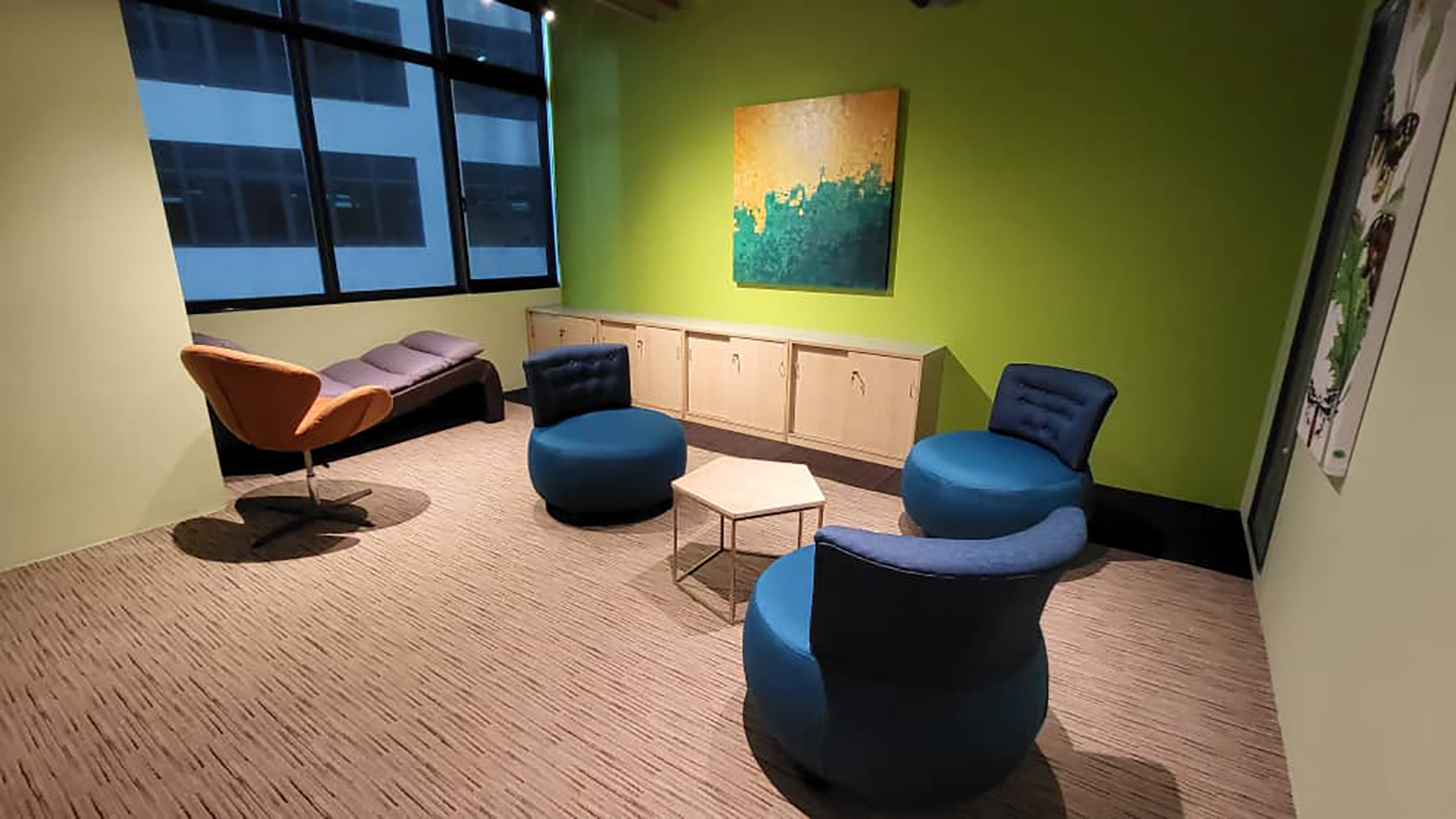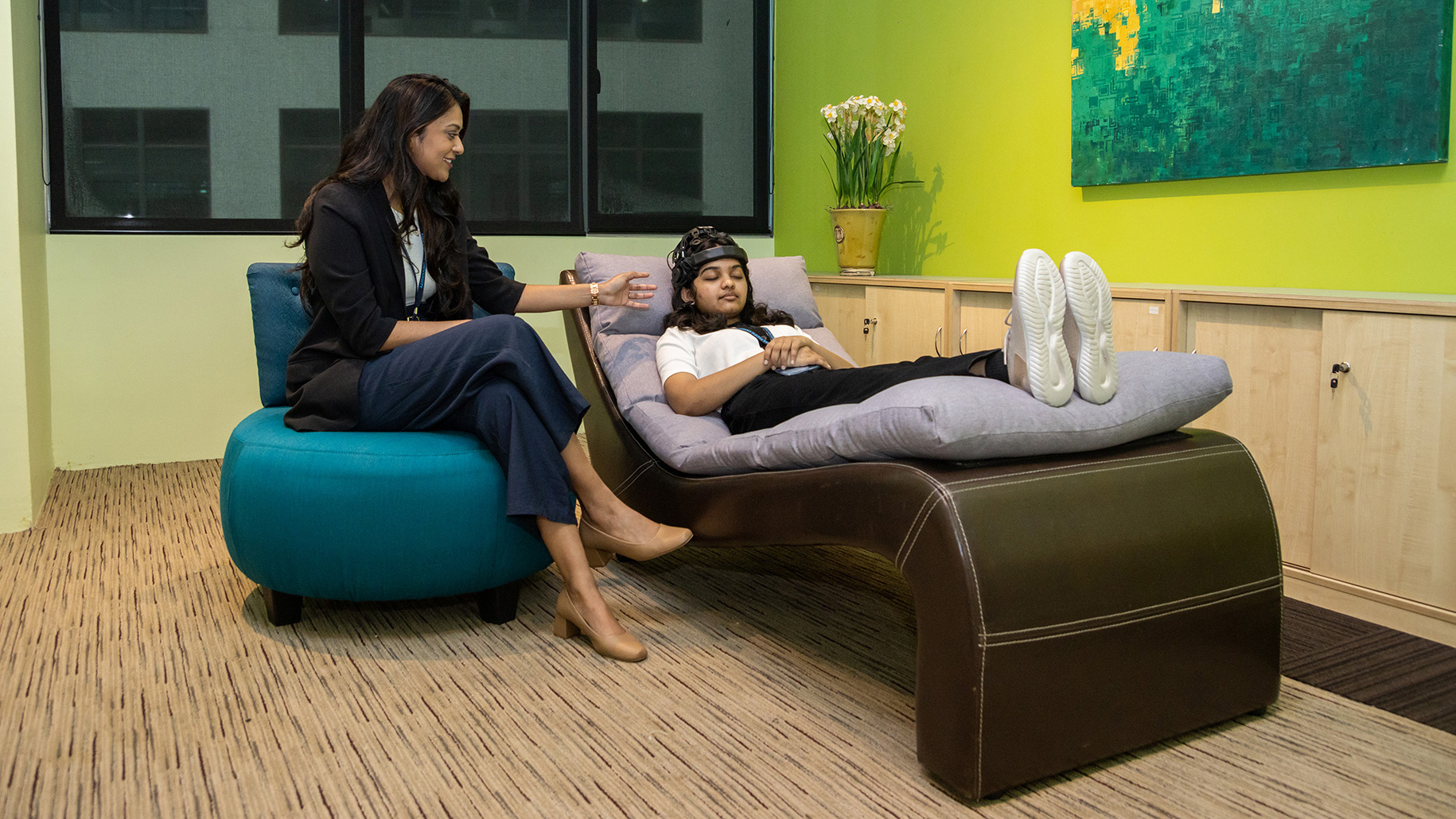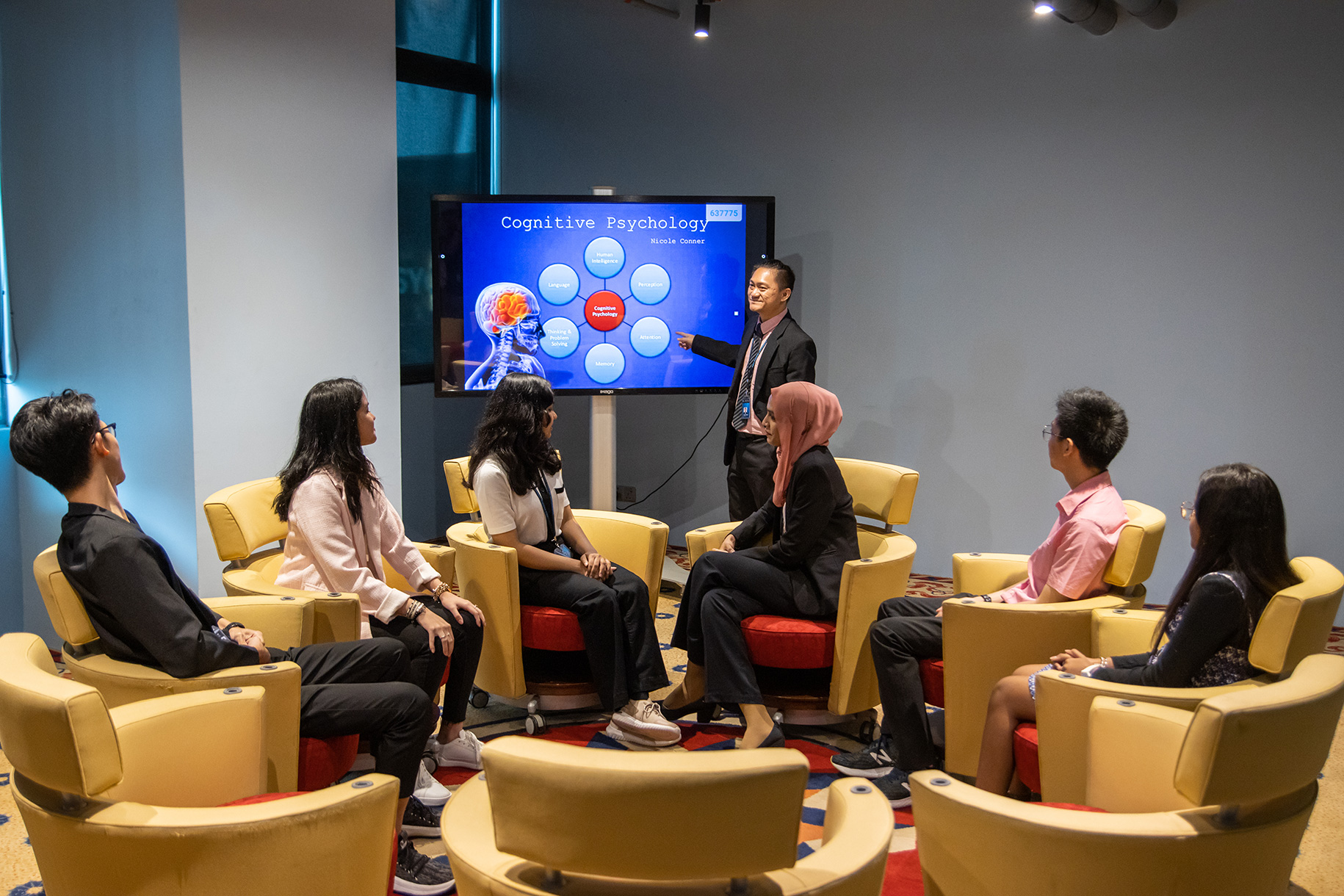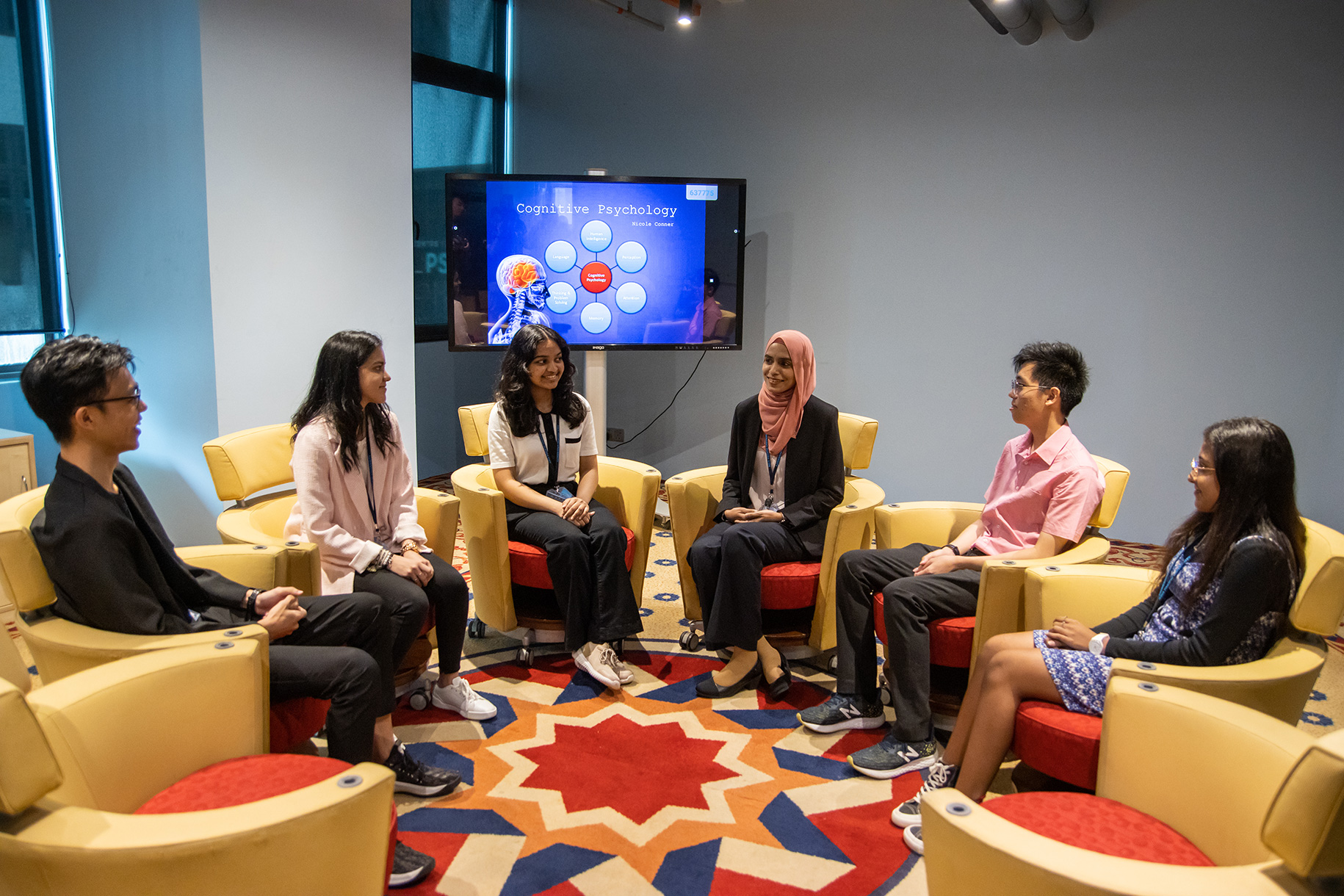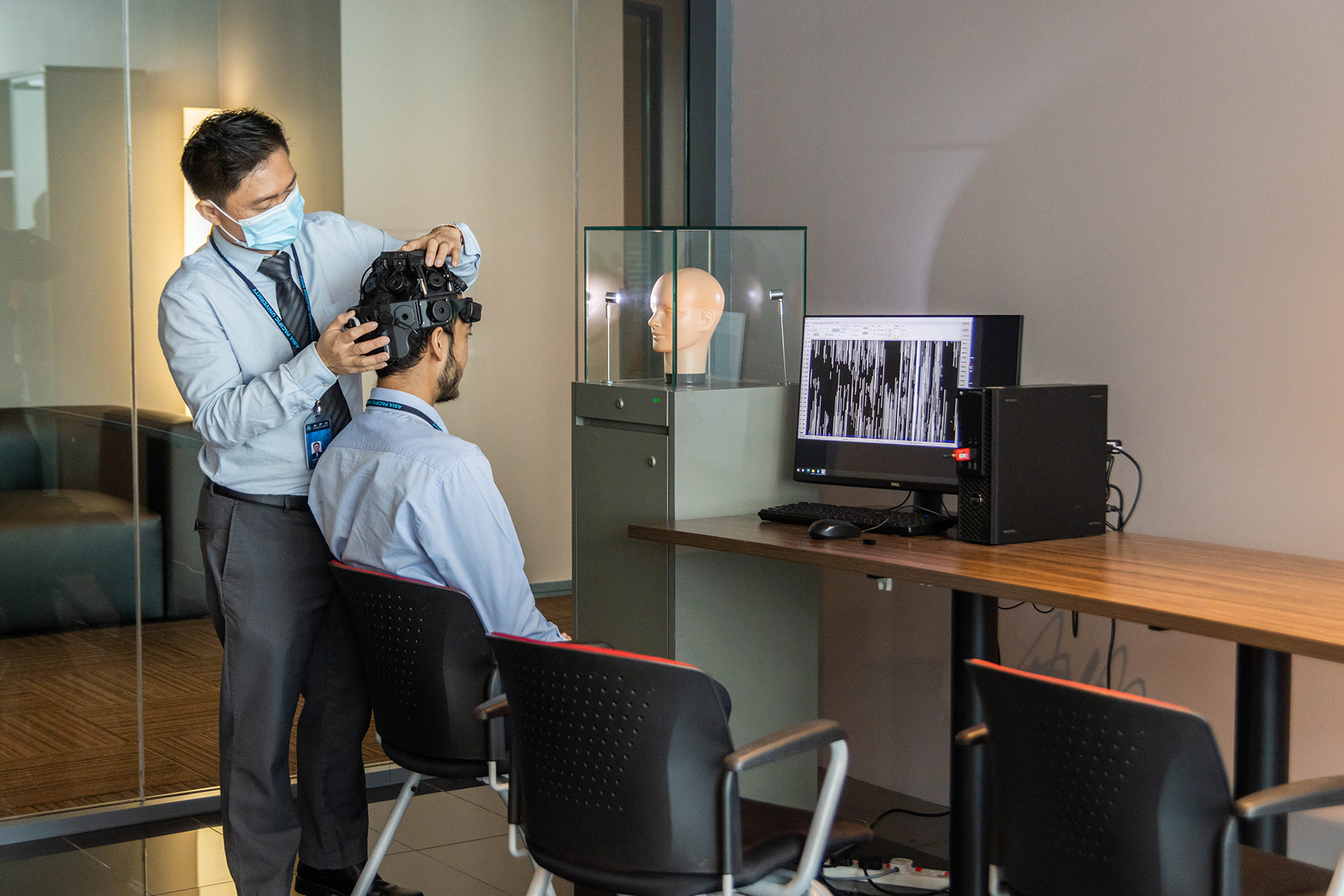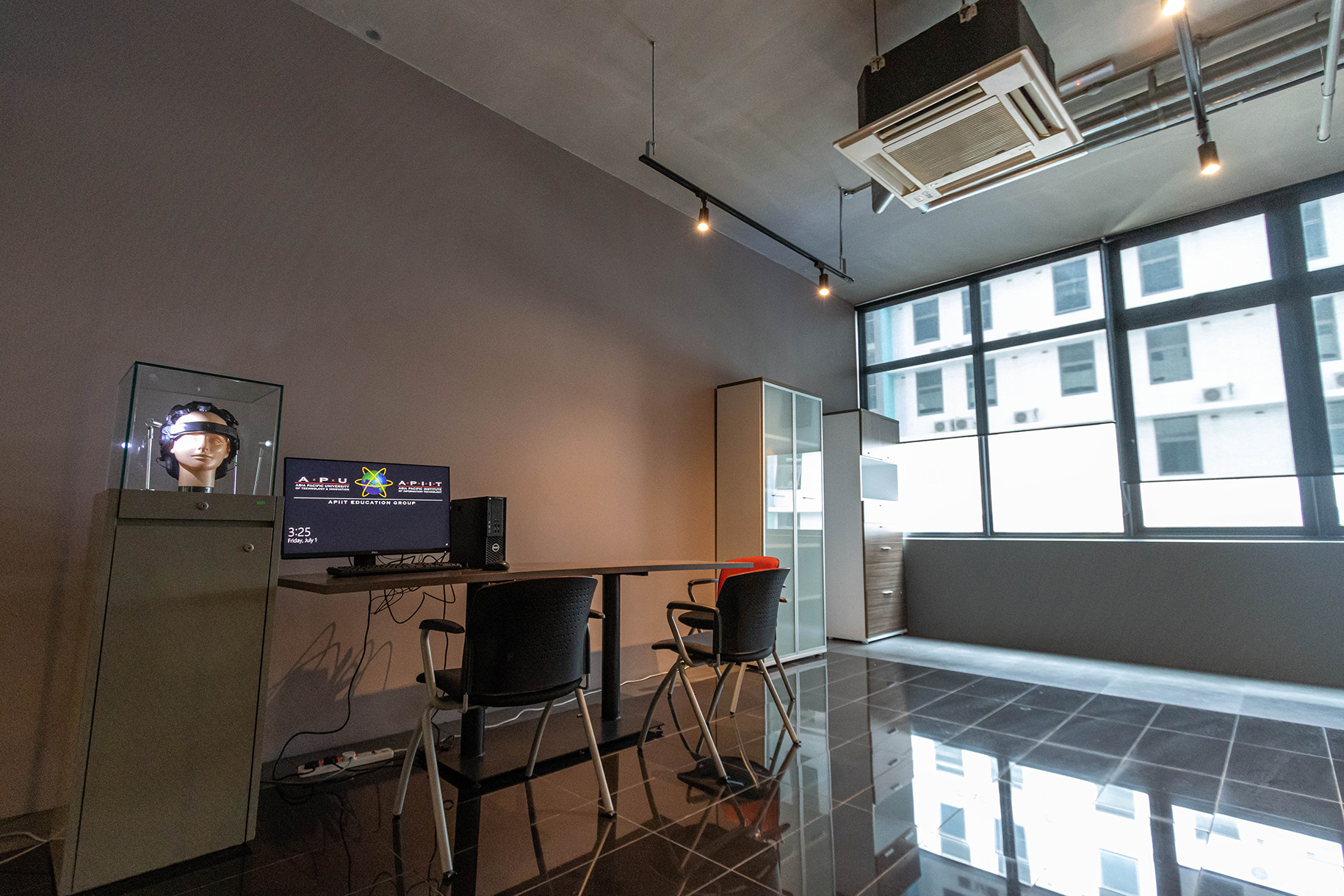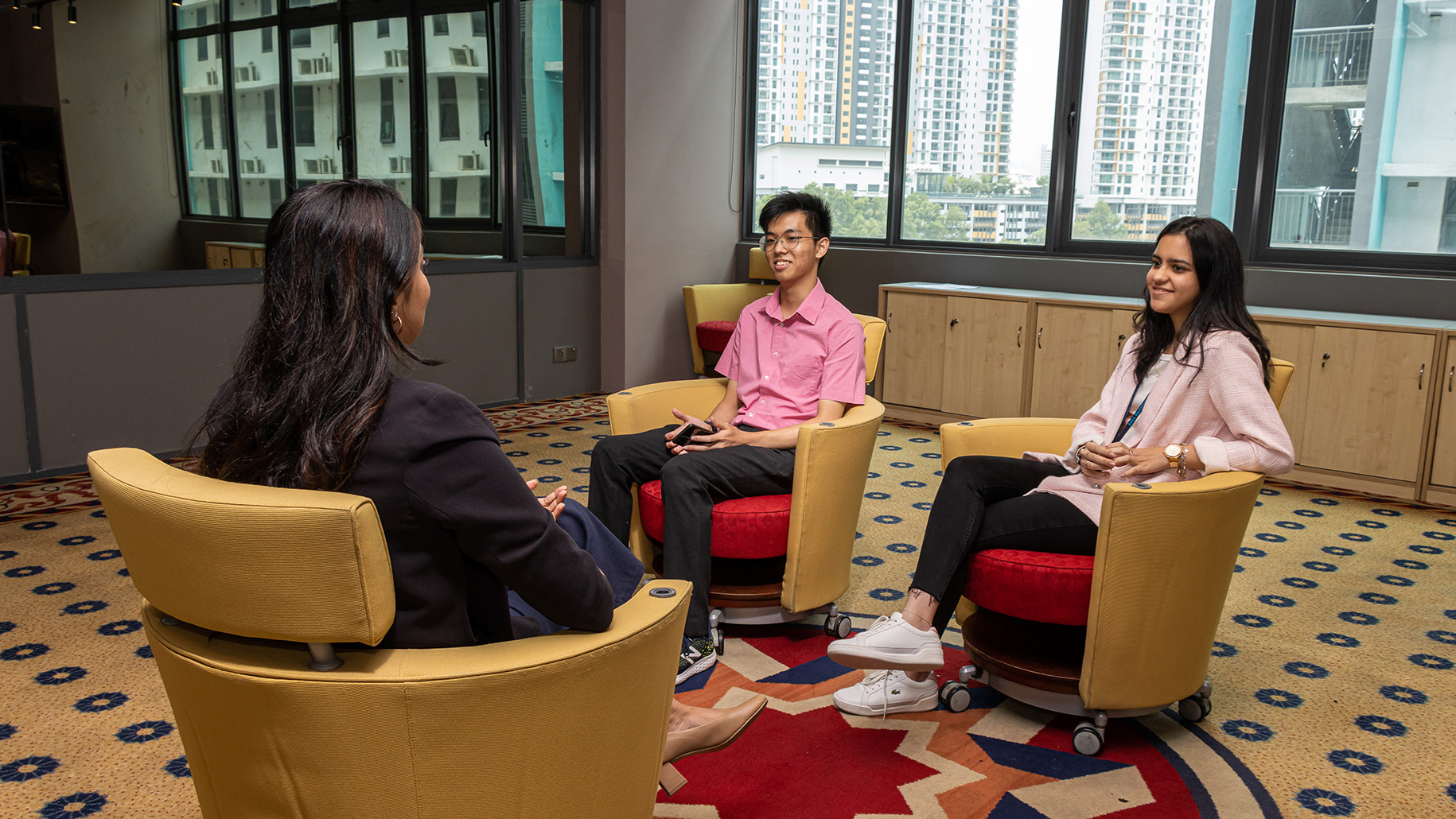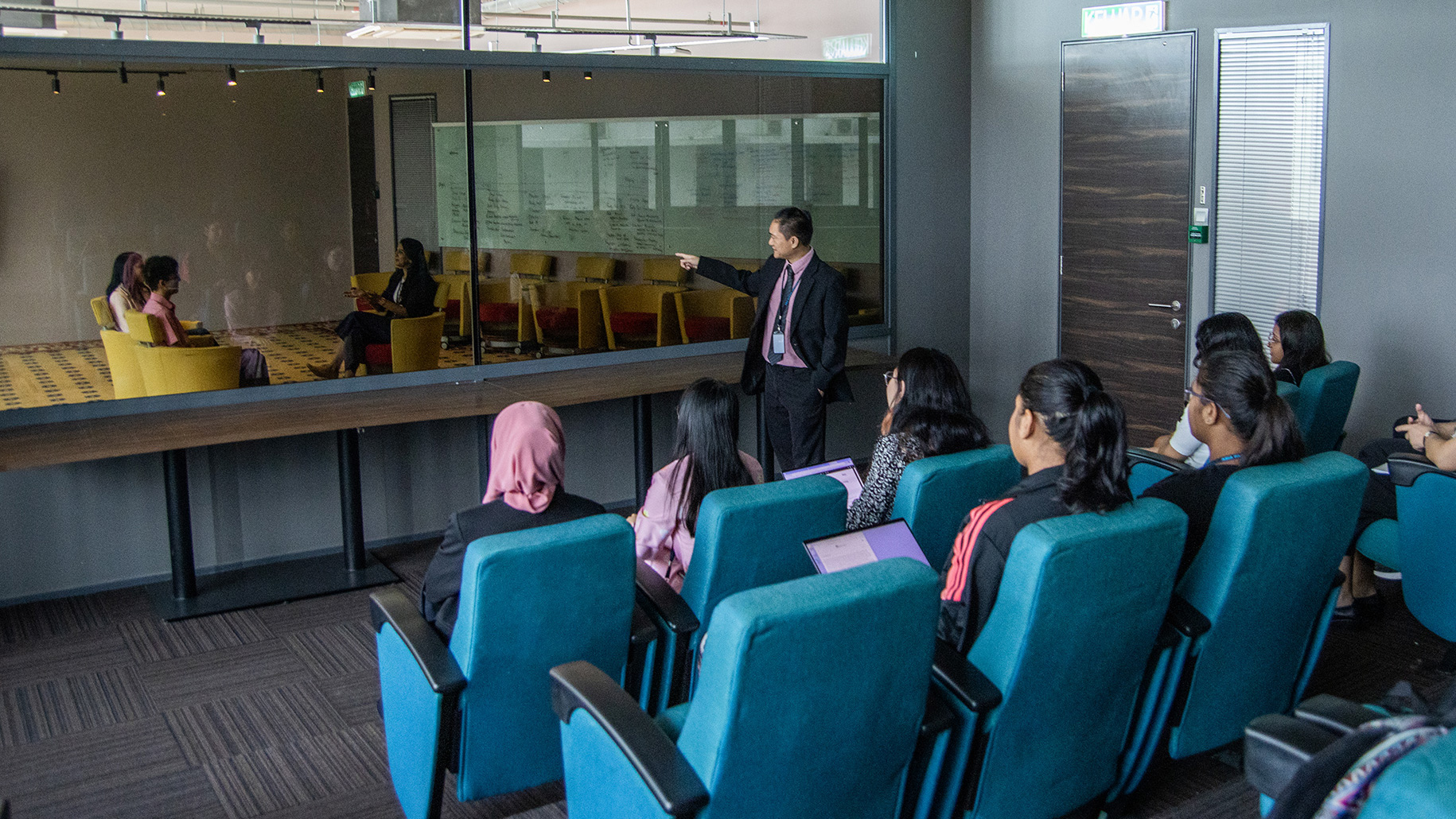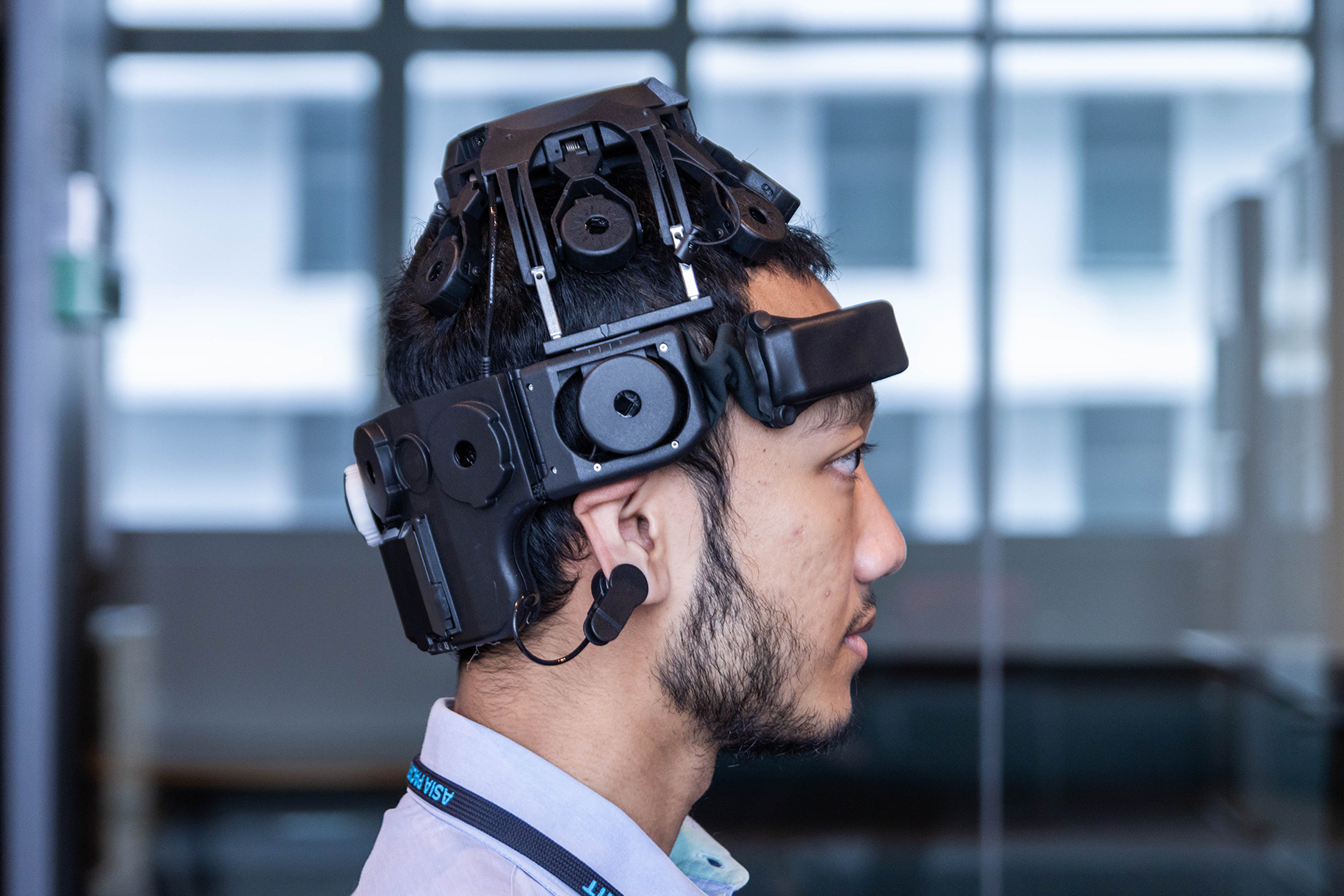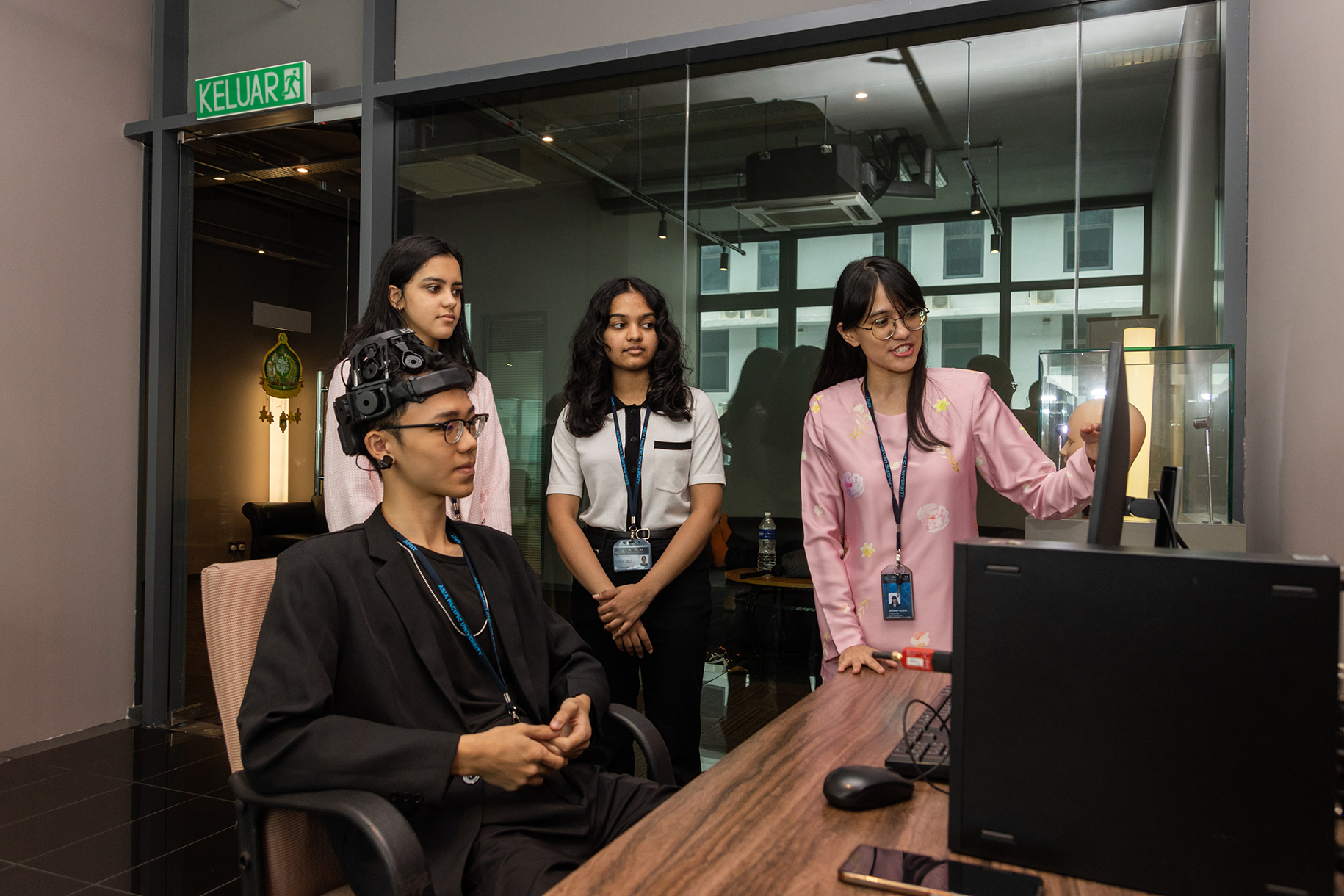You are here
APU Psychology Centre
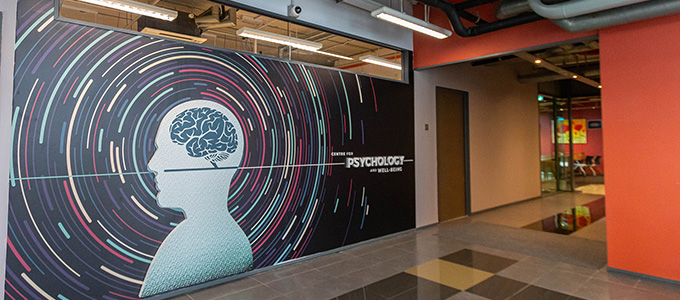
CENTRE FOR PSYCHOLOGY AND WELL-BEING AT APU
The APU Centre for Psychology and Well-Being contains state-of-the art equipment and facilities to support student learning and research activities. The facilities include the Eye-Tracking Laboratory, Psychobiological Laboratory, Therapy Suites (for both Individual & Group therapy), Psychological Testing and Measurement Room, Psychology Group Observation Suite (complete with one-way mirror and AV capture equipment), Activity and Discussion Rooms and teaching classrooms.
INDIVIDUAL THERAPY ROOM 1
| |
This room is designed to provide a quiet, comfortable, energizing, and soothing space ideal for conducting individual counselling. In general, the room will be utilized by registered counsellors and educators to provide their respective services i.e. consultation and teaching. However, the room is also available for any counselling intern- related trainings.
INDIVIDUAL THERAPY ROOM 2 (PSYCHOANALYSIS THERAPY ROOM)
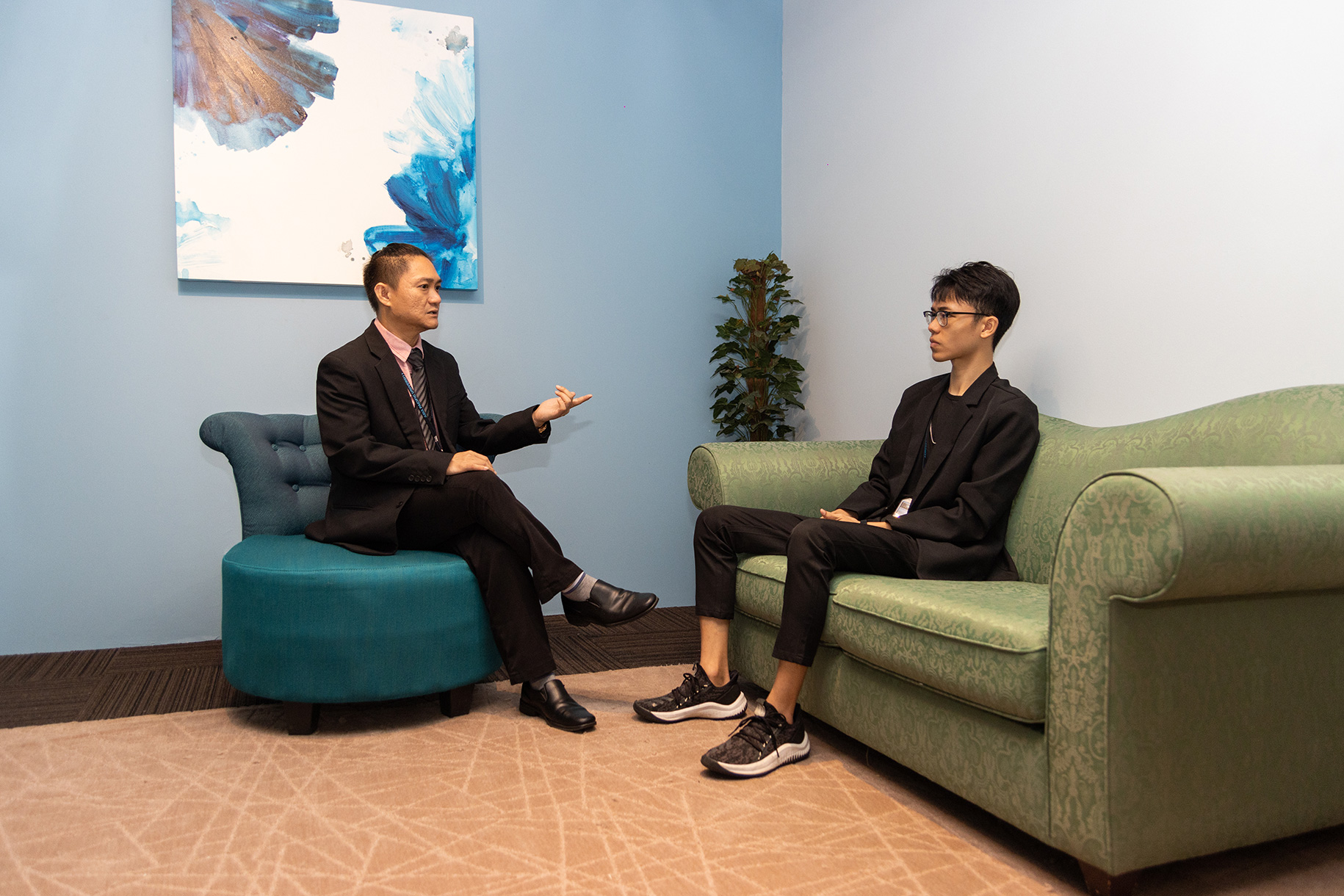
The second individual therapy is more suitable for Psychoanalytic Therapy. The center piece of this room is Sigmund Freud’s famous psychoanalytic couch. This room’s seating arrangement is more suitable for Psychoanalysis therapy, where usually psychoanalyst uses in depth talk therapy to bring the unconscious thought and feelings to the surface of reality.
GROUP THERAPY ROOM
| |
Group therapy room is a quiet, confidential, comfortable, and even energizing dedicated space specifically used for group counselling. In general, the room will be utilized by registered counsellors and educators to provide their respective services i.e. consultation and teaching. However, the room is also available for any counselling intern- related trainings.
PSYCHOLOGICAL TESTING AND MEASUREMENT ROOM
Testing and Measurement Room serves to provide students a quiet space for any academic and research-related activities. The room comes with cabinets that can store psychological instruments. Students will be able to conduct activities pertaining to psychological testing and measurement in the room.
PSYCHOBIOLOGICAL LABORATORY
| |
Psychobiological Laboratory serves to provide students a quiet space for any academic and research-related activities. The room is equipped with EEG, an equipment that helps to capture and measure brain activity. The lab can be used to deliver classes that require assessing brain activities.
PSYCHOLOGY OBSERVATION SUITE
| |
This room serves to specifically offer users a dedicated space for any observation-related activities. The room is installed with one-way mirror (semi-transparent mirror) and is brightly lit from one side to allow people to inconspicuously observe people on the other side.
ACTIVITY & DISCUSSION ROOM
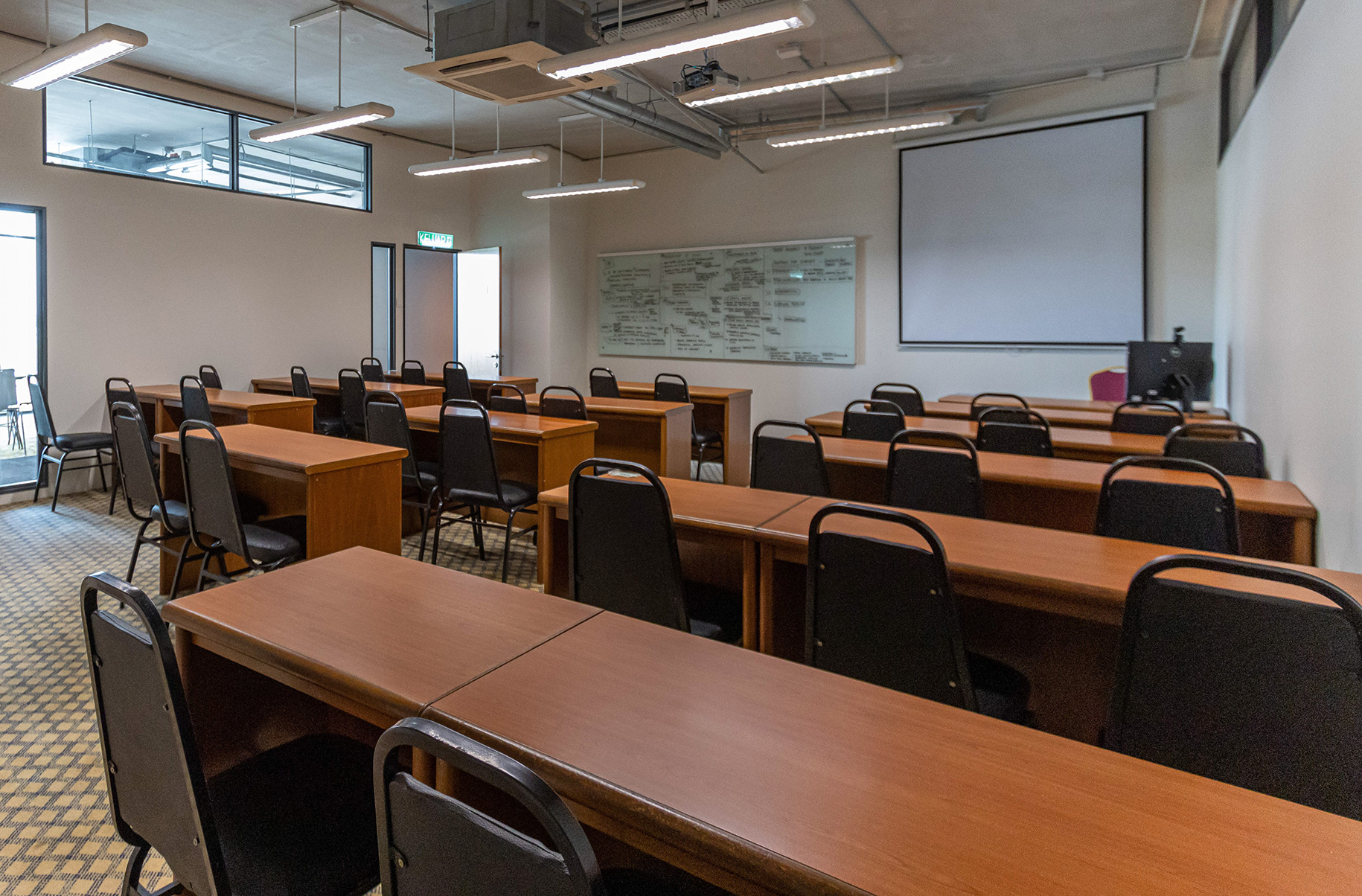
This room serves to offer users a dedicated space for any academic and professional activities. The activity room is jointly installed and shared the one-way mirror (semi-transparent mirror) with the observation room. Any activities conducted are expected to be observed from the other side (Psychology Observation Suite) and the observee should not be informed in most situations.
EYE TRACKER
![]()
The use of eye tracking technology in psychological research has been growing in recent years. APU’s Centre for Psychology and Well-Being at is equipped with the latest state-of-art Tobii Eye Tracker, which provides our students a hands-on experience in using the equipment. Eye Tracking applications is related to research involving information processing, such as reading, scene perception, visual searching, music reading, and typing. The basic tenet is that different eye movement measures can inform us about cognitive activities during learning, which are still not easily assessable by individuals. Over the years, eye tracking technology is believed to deepen our understanding of human behaviour and create new frontiers in fields such as psychology and neuroscience, human development, clinical research, and many more.
ELECTROENCEPHALOGRAM (EEG)
| |
The Centre is also equipped with an EEG, which provides students the with the essential opportunity to learn about human mental health states, thoughts, and imagination. The use of EEG involves placing conductive electrodes on the scalp which measure the small electrical potentials that arise outside of the head due to neuronal action within the brain. EEG is widely applied in neuroscience research, clinical research, neuromarketing, and many more. As a method primarily used to record the electrical activity in the brain, the EEG can also be incorporated into research involving eye tracking technology.



